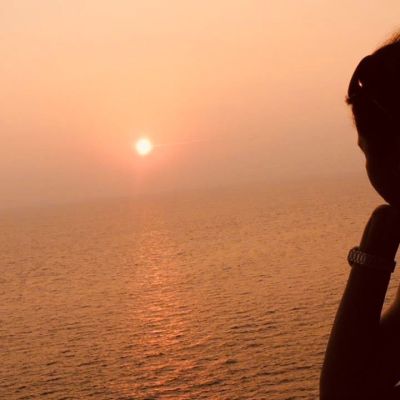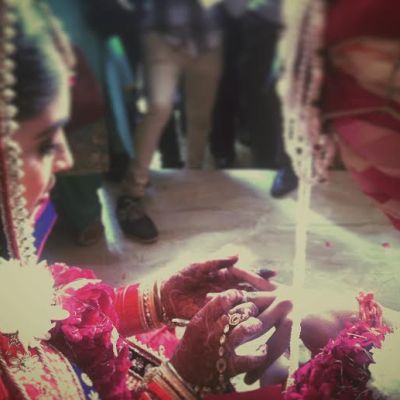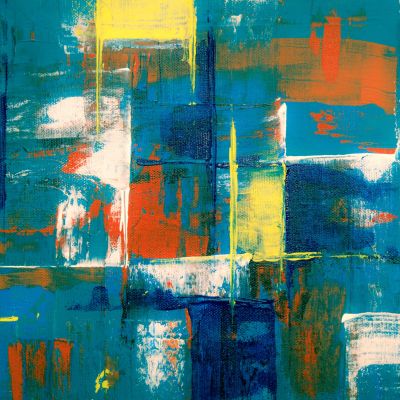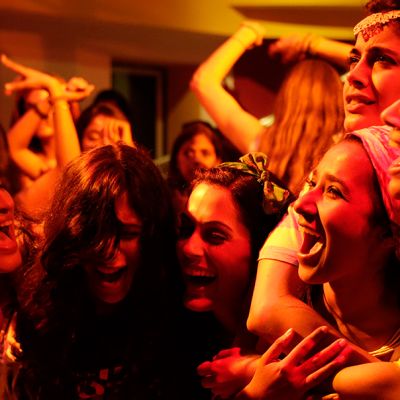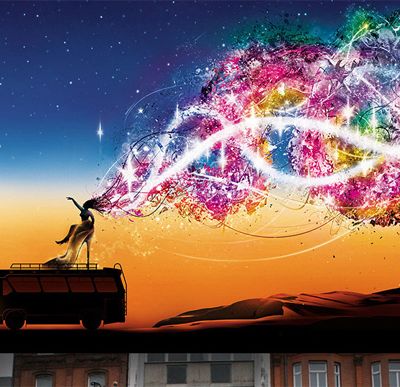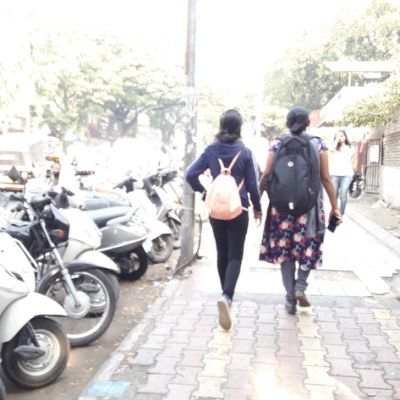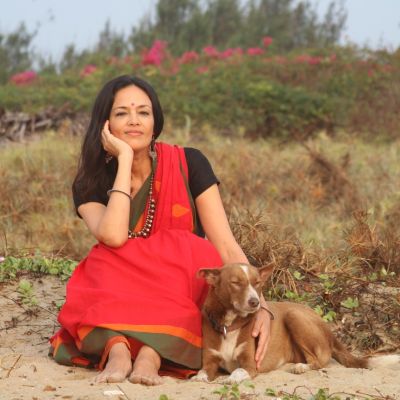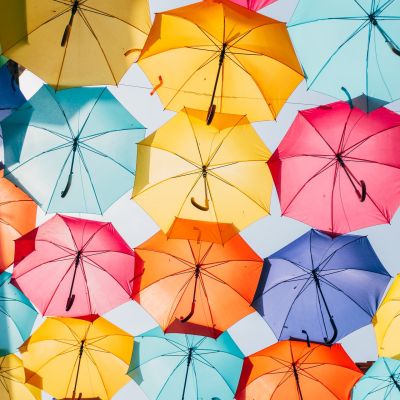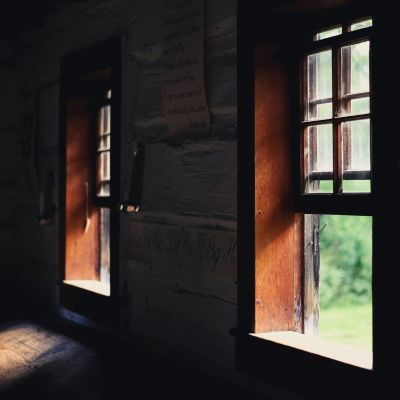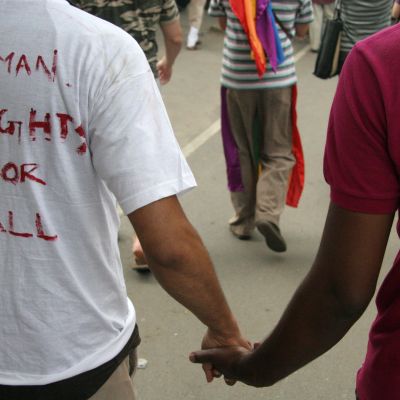freedom
Even negotiations related to the use of contraception or types of sexual acts in consensual relationships become difficult for a young girl because of her fear of displeasing her partner. But if one is fortunate, time helps us acquire some sets of skills and the language to speak up against violence and enforce decisions surrounding one’s sexual and social life.
This article explores how women are constructed as a ‘space’ manufactured by men to seek comfort, but void of having any active agency or participation in that space itself. I seek to bring this out in this article by drawing a parallel between the nineteenth century ‘Bharat Mata’ (Mother India) and the depiction of the twenty-first century ‘heroine’ in Bollywood movies.
I envy confident women. It could be the way a woman speaks her mind, the way she dresses, or just…
While women’s colleges are certainly a step ahead of other institutions in creating spaces of liberation and encouraging freedom of choice, this rare advantage must expand itself onto the landscape of our entire country.
I won’t shy away from a kiss, In my head I have already devoured you. I don’t want you to…
I am still coming to terms with my own femininity, as with new learnings I find myself regaining many facets of my personality which were lost while trying to ‘act like a man’ and ‘act tough’.
The women in Parched (2015) are sitting and chatting, seemingly free from their daily oppression for once, when a cell…
Travel and sexuality throws up different thoughts and feelings for us all. For me, it threw up the term travelling sexuality. I like it. Travelling sexuality. It sounds exotic or intellectual, adventurous, dangerous, depending on who you are and how you live life. A travelling sexuality could describe the way we evolve as sexual beings, shifting and changing identities.
‘Why would you want to loiter?’ is an excellent question to ask feminist researcher, parent, educator and activist Dr. Shilpa…
There have been several recent examples of actors, movies and events being called out because of their lack of representation, like for the Oscars. With social media it is easier to create and distribute diverse art and also to voice the need for diversity. So it needs engagements and awareness in society. Change will happen once enough people demand that change.
I’ve essentially thought of movement as a kind of freedom, but one that has the capacity to destabilise you in some way. My most creative moments are when I’m not moving, when I am in fact rooted and still.
In this write up, we’d like to share a sense of what emerges from a compilation of these responses. This is based on the thoughts and feelings that come through for those of us here at In Plainspeak who have had the joy of reading the original responses as they came in to us. (Some of the quotations that follow have been slightly edited for flow and to help connect themes.) We know that most things in the realm of art, information and ideas lend themselves to a wide range of inferences and insights depending on the individuals making the inferences.
The morning was heavy, laden with the weight of expectation, with the unsettling realisation that something was about to shift.
In 2008, there were two important sets of events that happened: six weeks of intense hearings at the final arguments stage in the Naz Foundation case at the Delhi High Court, where section 377 of the Indian Penal Code was being challenged, and a bunch of folks in Delhi deciding that they were going to organize a Pride March. While these don’t seem obviously connected, they were both expressions of freedom, one in constitutional terms within the courtroom, and the other, a very public expression of freedom, taking to the streets.
Where we are now: In August this year the Supreme Court of India declared that privacy at its core includes…

